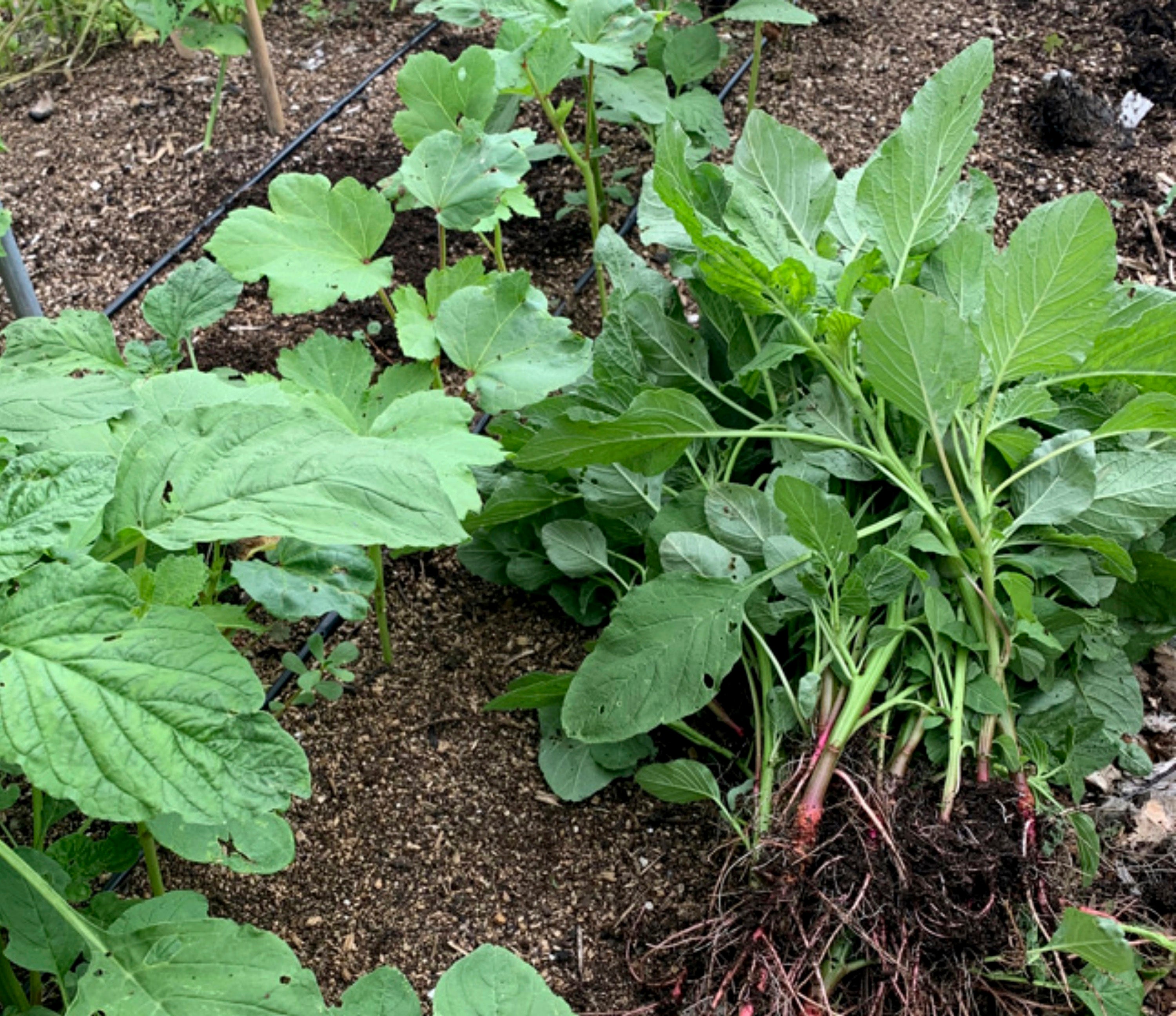Weeds aren't all bad, but do need to be controlled
It's been said that a weed is nothing more than a plant growing in the wrong place

Your support helps us to tell the story
From reproductive rights to climate change to Big Tech, The Independent is on the ground when the story is developing. Whether it's investigating the financials of Elon Musk's pro-Trump PAC or producing our latest documentary, 'The A Word', which shines a light on the American women fighting for reproductive rights, we know how important it is to parse out the facts from the messaging.
At such a critical moment in US history, we need reporters on the ground. Your donation allows us to keep sending journalists to speak to both sides of the story.
The Independent is trusted by Americans across the entire political spectrum. And unlike many other quality news outlets, we choose not to lock Americans out of our reporting and analysis with paywalls. We believe quality journalism should be available to everyone, paid for by those who can afford it.
Your support makes all the difference.Eons ago, the first humans learned to drop seeds into the ground to grow plants for food, for beauty and for fiber. We’ve come a long way developing what plants we grow and how we grow them. And throughout all this time, weeds have tagged along.
But what is a weed? It’s nothing more than a plant growing in the wrong place. Tomato seeds often survive the rigors of a compost pile, then sprout in large numbers wherever the compost is spread. They are “weeds” if you don’t want them growing where they have chosen to sprout.
The problem with weeds is that they are robbers. They rob nearby plants of water and nutrients. If large enough, they rob sunlight as they shade garden plants.
Some weeds secrete chemicals into the soil that inhibit growth of nearby plants. Lambsquarter is one of many weeds shown to depress growth of neighboring vegetables such as corn and tomato.
Another problem with weeds is they can harbor pests that spill over to your garden plants. Horse nettle, for example, is a relative of potato that gives potato beetles a start early in the season before they move onto potatoes. Lambsquarters also can host verticillium wilt, a disease that can also afflict tomatoes.
THEY’RE NOT ALL BAD
Before we rush outside to flail wildly at each and every weed, let’s take a breath and stop to consider some benefits — yes, benefits! — of weeds. Look at bare ground. It’s apt to be blown away by wind or washed away by water. Thankfully, ground is not bare for long before lambsquarters, pigweed, smartweed, and other plants we normally call weeds rush in to clothe the soil and protect it from the elements.
Not only do weeds protect bare soil; over time, they improve the soil every which way. Their roots break up soil to improve aeration and extract nutrients. As weeds’ roots die, they, along with weeds’ dead leaves and stems, decompose to enrich the ground with humus.
Weeds probably correct mineral imbalances in the soil. Contrast the diversity of plants in an uncultivated field with the uniformity of plants in a weed-free cornfield. In the uncultivated field, each plant draws a different balance of nutrients out of the soil; in the cultivated cornfield, corn plants are taking up only what they need. A few weeds there might take up the slack and balance out any proportional excesses of certain nutrients left in the soil after the corn.
WEED CONTROL OPTIONS
Given their dark side, weeds obviously cannot be afforded free rein in the garden. Many avenues exist for keeping them in check. Herbicides should be a last resort. Too easily they might cause incidental harm to garden plants or other parts of the environment. Continued use also favors the growth of weeds resistant to the herbicide.
Also abusive to the environment is the use of synthetic mulches such as landscape fabrics or black plastic. Over time, landscape fabrics become enmeshed with soil and roots, making it difficult to reconfigure a garden. Black plastic is a disposal nightmare, further contributing to our choking landfills. Neither is wholly effective against weeds. Their ugliness is often hidden beneath a layer of wood chips, which then itself becomes invaded by weeds.
A simple and effective method of weed control, if done regularly, is to stir or break up the surface layer of the soil. Use either a hoe with a blade that can skim just beneath the surface, such as the colinear hoe or the wire or the winged weeder, or a rototiller set for very shallow tilling.
A layer of any weed-free organic material enriches and improves the soil while it keeps weeds in check. Possibilities here include arborist wood chips, sawdust, grass clippings, straw and pine needles.
One of the best ways to maintain the upper hand with weeds is to avoid turning over the soil — ever — with a rototiller, plow, garden fork or shovel. Buried within every soil are myriad weed seeds, dormant. Turning over the ground exposes those seeds to light and air, awakening them.
Finally, many weeds make good eating. Enjoy sweet revenge as you turn pigweed, lambsquarter, purslane and other edible weeds into part of your next meal.
—-
Lee Reich writes regularly about gardening for The Associated Press. He has authored a number of books, including “Weedless Gardening” and “The Pruning Book.” He blogs at http://www.leereich.com/blog. He can be reached at garden@leereich.com.
Subscribe to Independent Premium to bookmark this article
Want to bookmark your favourite articles and stories to read or reference later? Start your Independent Premium subscription today.